
RVers, sailors, and overlanders who aren’t traveling full-time often have to leave their batteries in storage for an extended period of time. While this can bring concerns about diminished capacity, many people opt to use a trickle charger to maintain their batteries while they’re away, as they can be a game-changer when it comes to battery storage. But what exactly does a trickle charger do? And how long should you leave your batteries plugged into one?
Below, we take a deep dive into the science behind trickle chargers and why you might want to consider purchasing one for your batteries.
A trickle charger is a device that attaches to your batteries to maintain their charge. Since all batteries experience some degree of self-discharge (even when they’re not drawing any loads), it’s important to keep them hooked up to a power source when they’re stored for long periods of time. Otherwise, your batteries may be dead the next time you attempt to use them.
Luckily, trickle chargers are relatively simple and easy-to-use devices that keep your batteries from fully dying when not in use. They connect to a power source that usually has some kind of display screen and come with negative and positive cables to connect to your battery. Most trickle chargers will cost between $35 and $100, with the higher-end chargers providing more safety features.
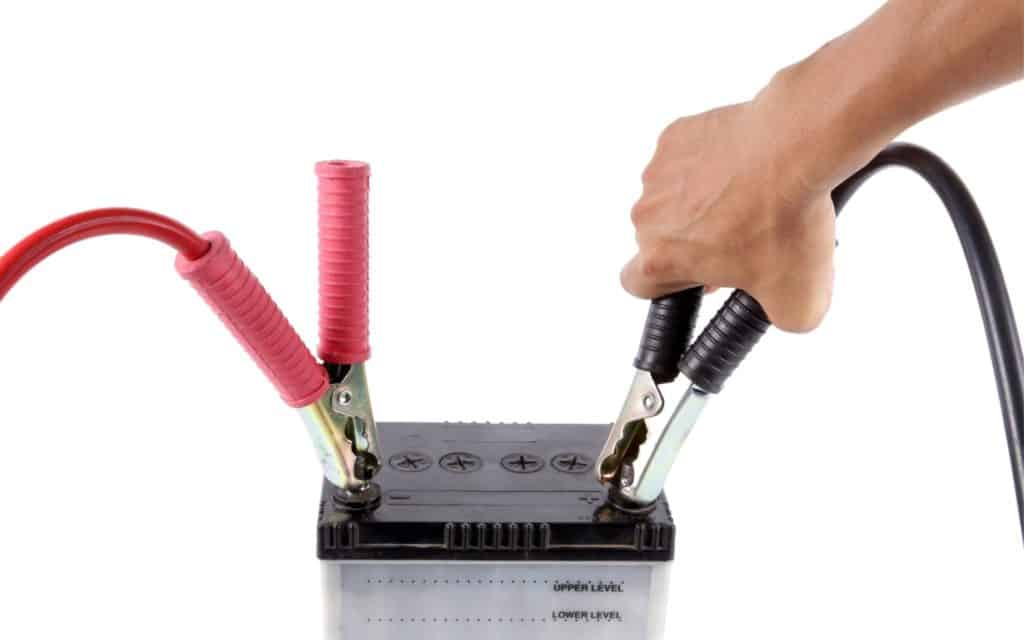
A trickle charger supplies just enough power to your batteries to keep them fully topped off. Also called a battery maintainer, trickle chargers slowly emit approximately one to three amps of power. Additionally, trickle chargers can keep up with small loads, pulling constant power from your batteries.
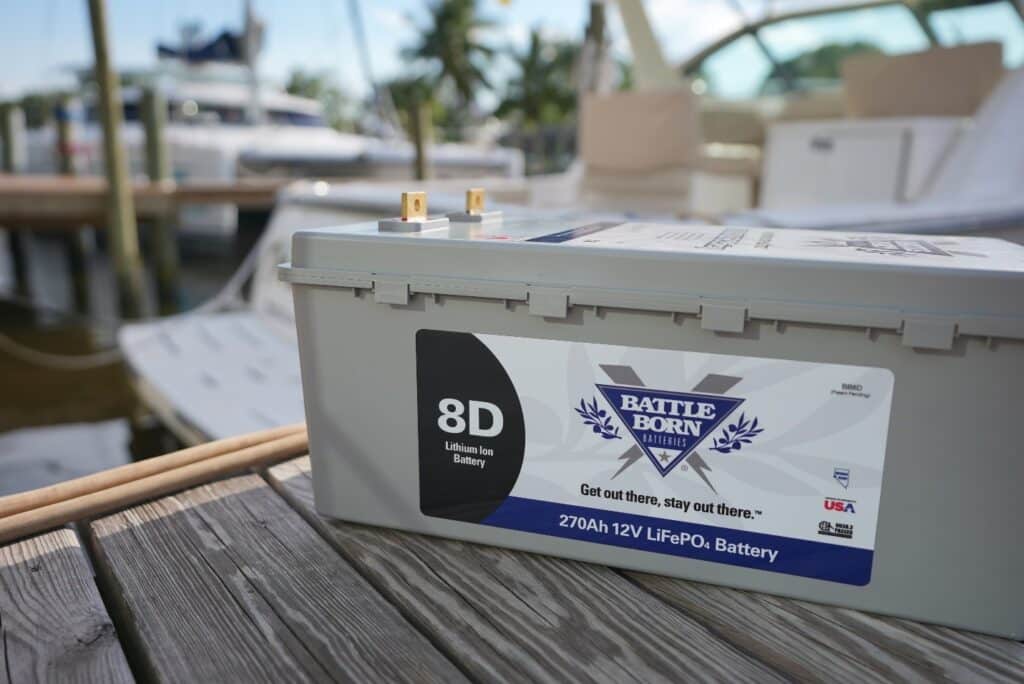
If your batteries will be in storage for an extended period of time, it’s essential to pay close attention to the capabilities of your trickle charger. Some manual trickle chargers simply emit a low amperage but don’t have any internal protocols and signals when it’s time to shut off. This can lead to overcharging your batteries, which can have potentially damaging effects.
Well, that depends on the chemistry of the batteries you are using. With lithium batteries, the rate of charge has a minimal impact on the health of the batteries. However, for lead-acid batteries, the rate of charge can make all the difference. This is primarily caused by the electrochemistry behind lead-acid batteries.
When a lead-acid battery discharges, the lead electrodes turn into lead sulfate, and the electrolyte of sulfuric acid dilutes. Then, when the lead-acid battery recharges, the chemical reaction reverses, turning the lead sulfate back into lead and the electrolyte into a stronger solution of sulfuric acid. During this process, a lead-acid battery can overheat and produce off-gassing if it charges too quickly, potentially damaging the battery in the process.
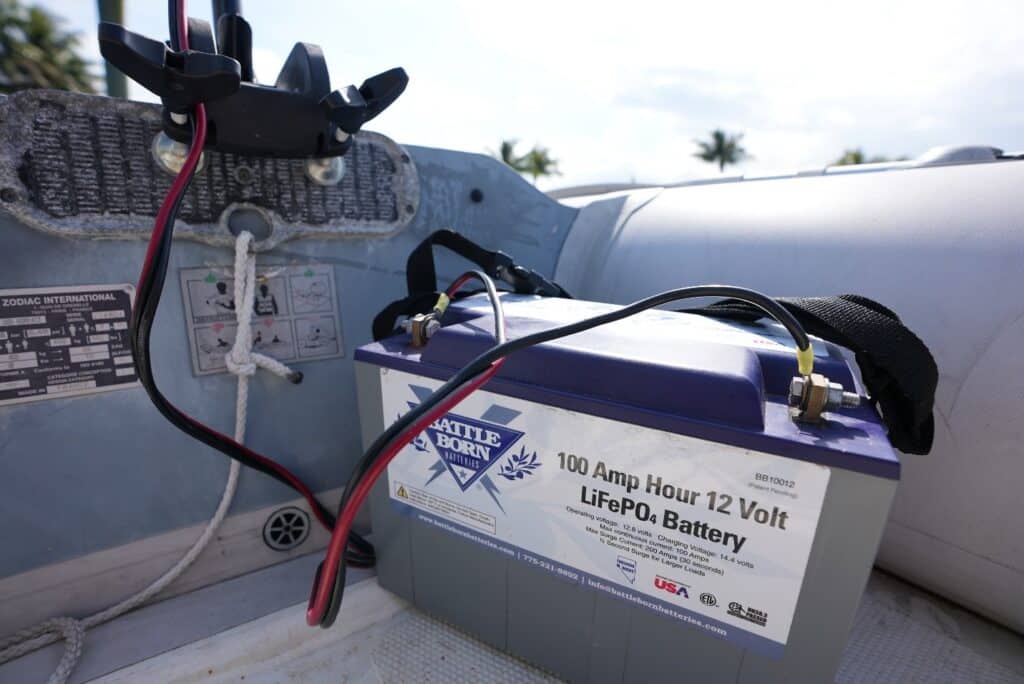
A good trickle charger can prevent this. Not only does it charge the batteries slowly, but it can also detect the state of charge and slow the amperage as the battery nears a full charge. This prevents off-gassing and battery damage. It also limits the risk of a battery explosion.
When Should You Use a Trickle Charger?
A trickle charger can come in handy anytime you need to store your batteries. Whether you’re leaving your car parked for an extended period of time, storing your RV for the winter, or want to prevent your boat batteries from dying, there are a variety of reasons to invest in one.
The type of batteries you own might influence your decision as well. Different batteries experience varying degrees of self-discharge rates. For example, lead acid batteries self-discharge 10-15% per month. Meanwhile, LiFePO4 batteries tend to have much slower rates of self-discharge. Battle Born Batteries experience only self-discharge 2-3% per month.
So, depending on the amount of time your batteries will be sitting, the type of batteries you own, and the number of safety features you desire will help you choose the most appropriate trickle charger.
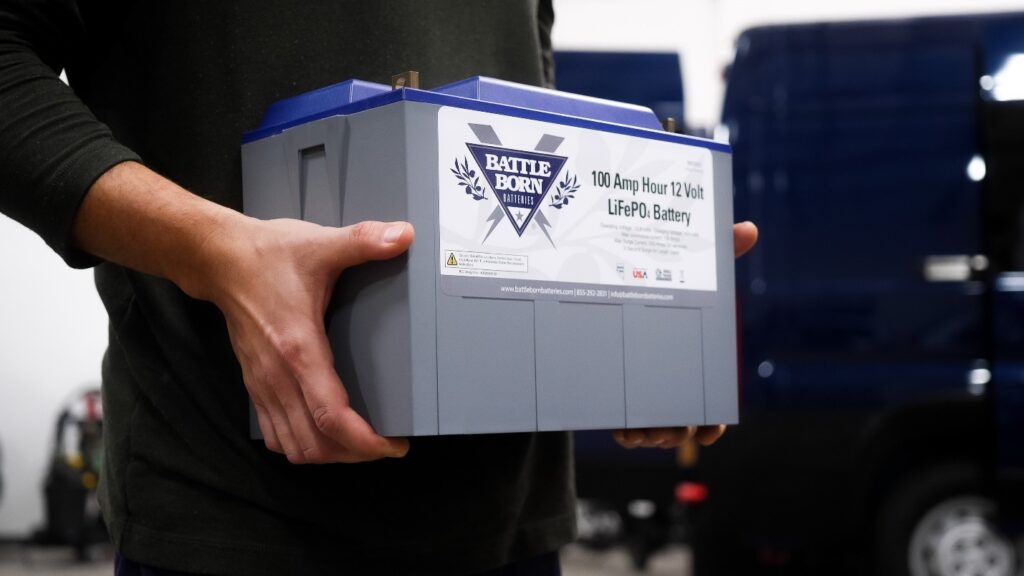
Yes, a trickle charger can fully charge a battery; it will just take a very long time. Since trickle chargers only emit between 1 and 3 amps, you can expect to wait days for a fully charged battery. For example, a 1-amp trickle charger will take 100 hours to charge a dead 100Ah battery completely. This is very inefficient as the primary function of trickle chargers is to keep your batteries topped off.
If your batteries are completely dead or have a low charge, we highly recommend using a regular battery charger to get them charged up quickly. While lead acid batteries will take around 8 hours to fully charge, a 100Ah Battle Born Battery should only take about two to three hours to charge with the appropriate charger.
Nearly all trickle chargers are designed to stay on your batteries for long periods of time. They were specifically created to keep batteries fully charged even while in storage for months at a time. These devices help give battery owners peace of mind that they will still have a fully function battery when it comes time to pull it out of storage and use it again.
However, not all trickle chargers are created equal. If you want a “set it and forget it” battery charger, opting for an “automatic” or “smart” trickle charger may be the way to go. These devices generally have more safety features, giving them the capability to reduce the amperage they emit automatically as the battery nears a full charge. This way, your batteries will always stay topped off but never overcharge.
→ Pro Tip: Depending on your battery setup and application, you may need additional charger accessories to keep your system charged and ready for use.
Yes! Trickle chargers can be life savers when storing your batteries for extended periods of time.
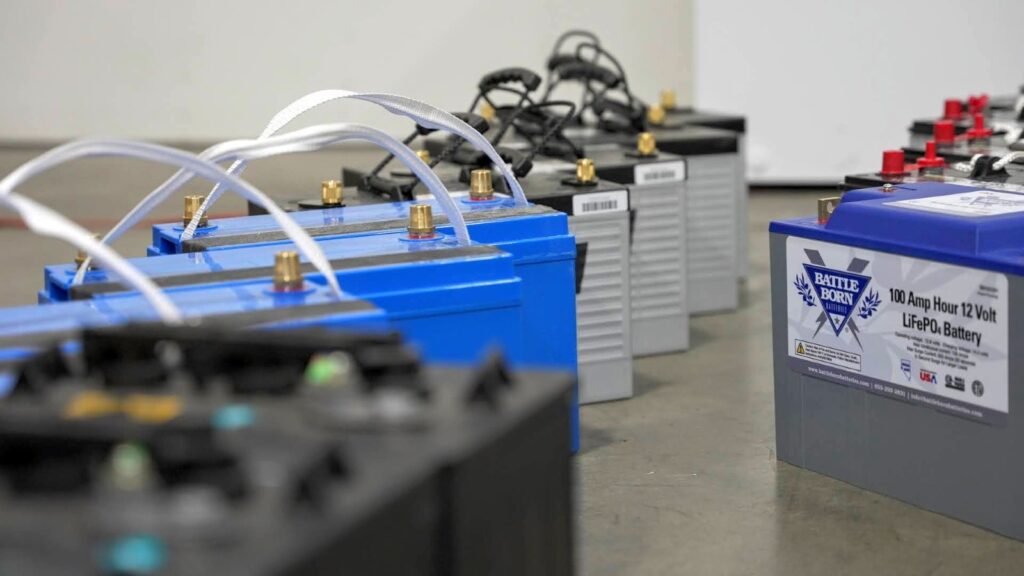
First and foremost, most batteries should not drain 100% of their charge capacity. Lead-acid batteries should not discharge below 50% to maintain good health. Many lithium batteries recommend only a 90-95% discharge to avoid damage. While Battle Born Batteries can be fully discharged to 100% without damage, it’s best not to let them sit completely discharged for long periods of time. Trickle chargers prevent batteries from encountering damage from over-discharging and uphold the integrity and lifecycle of your batteries.
Not only that, but a fully drained battery can suffer more damage in cold weather. Thus, if you plan on storing your batteries in a cold garage all winter, a trickle charger can make all the difference when you return in the spring.
We know that building or upgrading an electrical system can be overwhelming, so we’re here to help. Our Reno, Nevada-based sales and customer service team is standing by at (855) 292-2831 to take your questions!
Also, join us on Facebook, Instagram, and YouTube to learn more about how lithium battery systems can power your lifestyle, see how others have built their systems, and gain the confidence to get out there and stay out there.
Copyright © 2024 Dragonfly Energy. All rights reserved. Dragonfly Energy collects personal information for its internal use. We do not share customer information with any third parties.
4 thoughts on “What Does a Trickle Charger Do?”
Can a 30w/12v solar panel trickle charge a 24v battery or 2 12v batteries?
Hi Jimmy. To charge a 24v system with a 30w/12v solar panel, you need to have a solar charge controller programmed for 24v.
This article provides an informative overview of trickle chargers and their purpose in maintaining the health of batteries. It’s interesting to learn about how they work and why they are important for keeping our devices running smoothly.
I had no idea trickle chargers could help maintain battery health and prevent sulfur buildup! Thanks for explaining the importance of using a trickle charger, especially for deep cycle batteries like mine. I’ll definitely be looking into getting one.